Biodegradable Wallcoverings: Beautiful Walls, Gentle Footprint
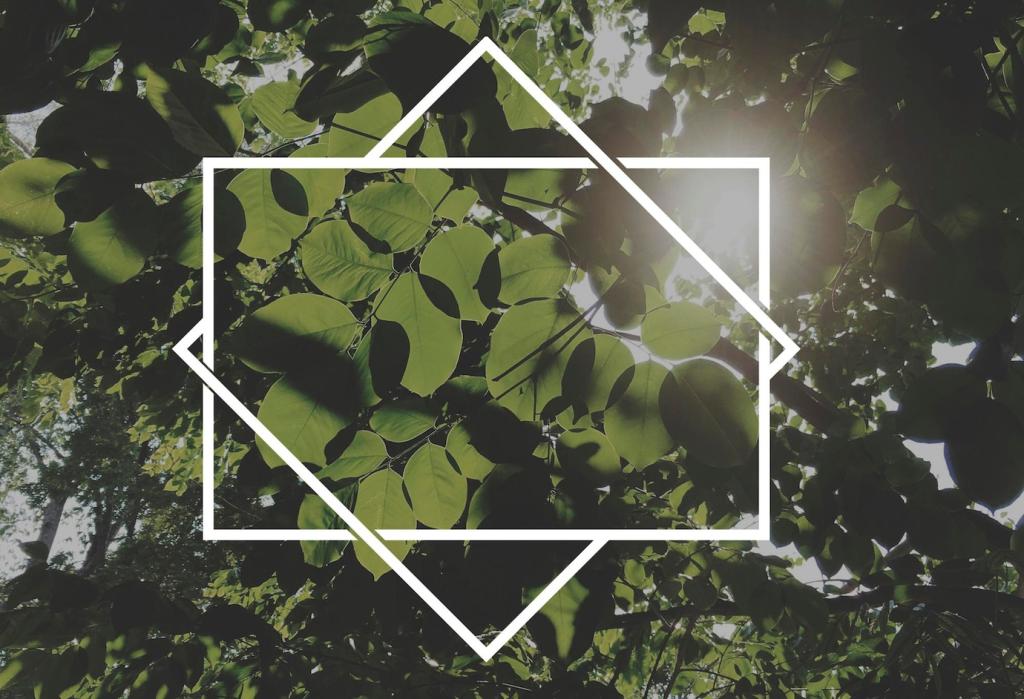
Design Without Compromise
From woven jute grids to softly pressed plant pulp, textures in biodegradable wallcoverings invite touch and quiet curiosity. Light plays beautifully across irregular fibers, giving rooms depth without synthetic shine. If you love tactile, understated luxury, this is it—tell us which textures tempt you most for your bedroom or entryway.
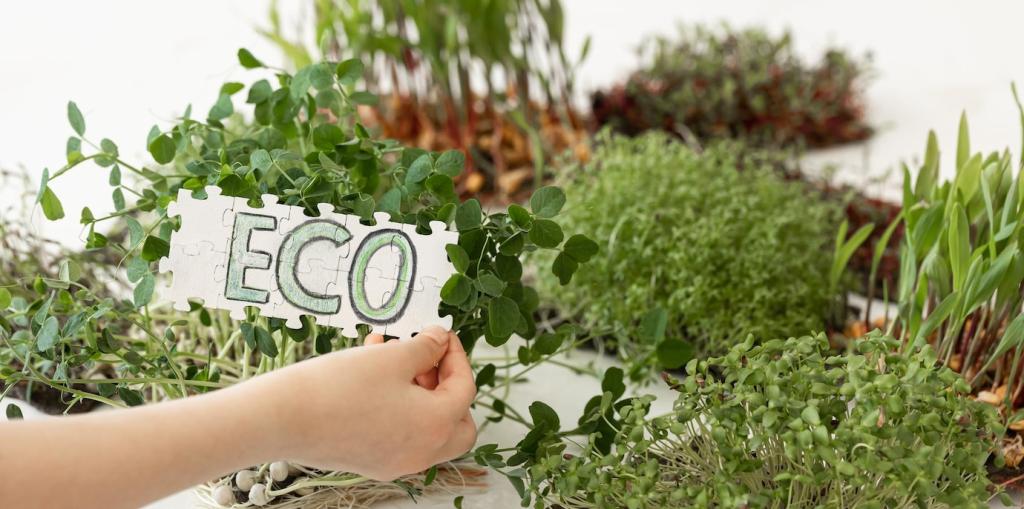
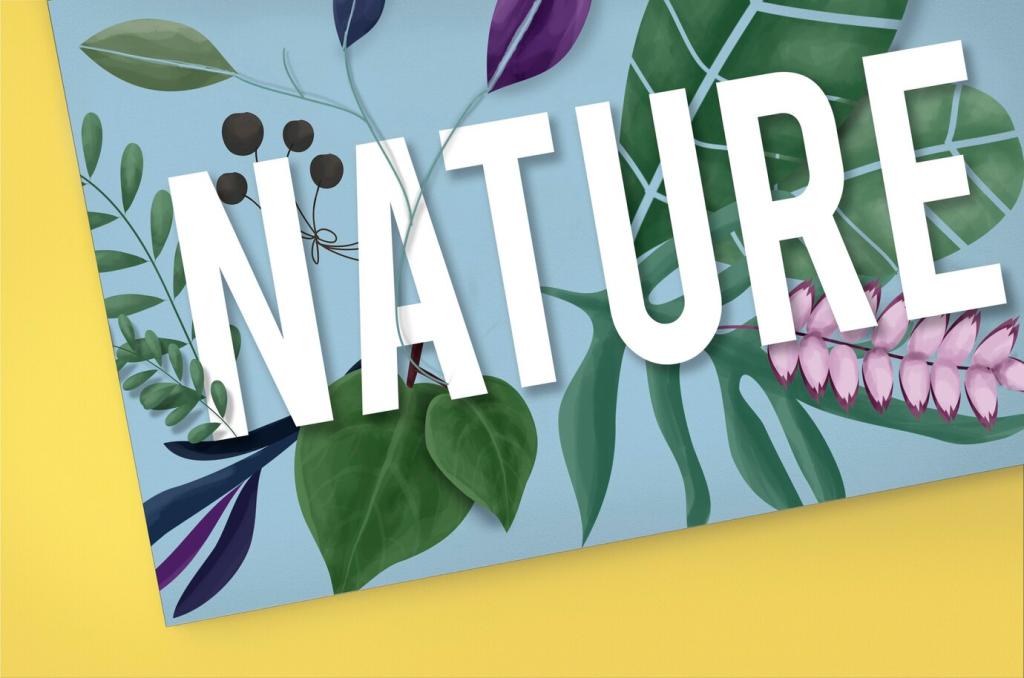

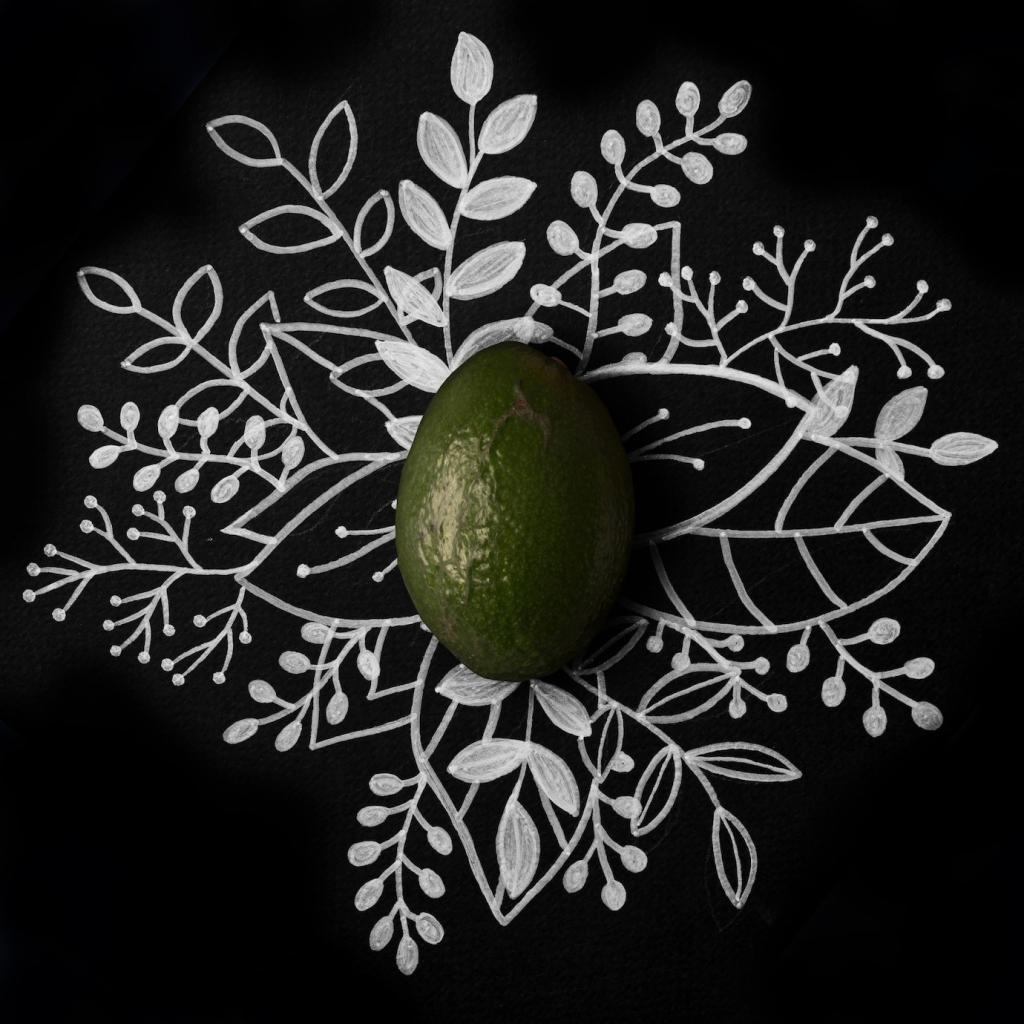
Installation and Care
Choosing Compatible Adhesives
For biodegradable wallcoverings, use starch or cellulose pastes recommended by the manufacturer. Avoid high-solvent products that can complicate end-of-life composting. Prep walls thoroughly: repair, sand, and clean. If your surface is glossy, a breathable primer ensures grip without sealing the wall like plastic. When unsure, test a discreet patch first.
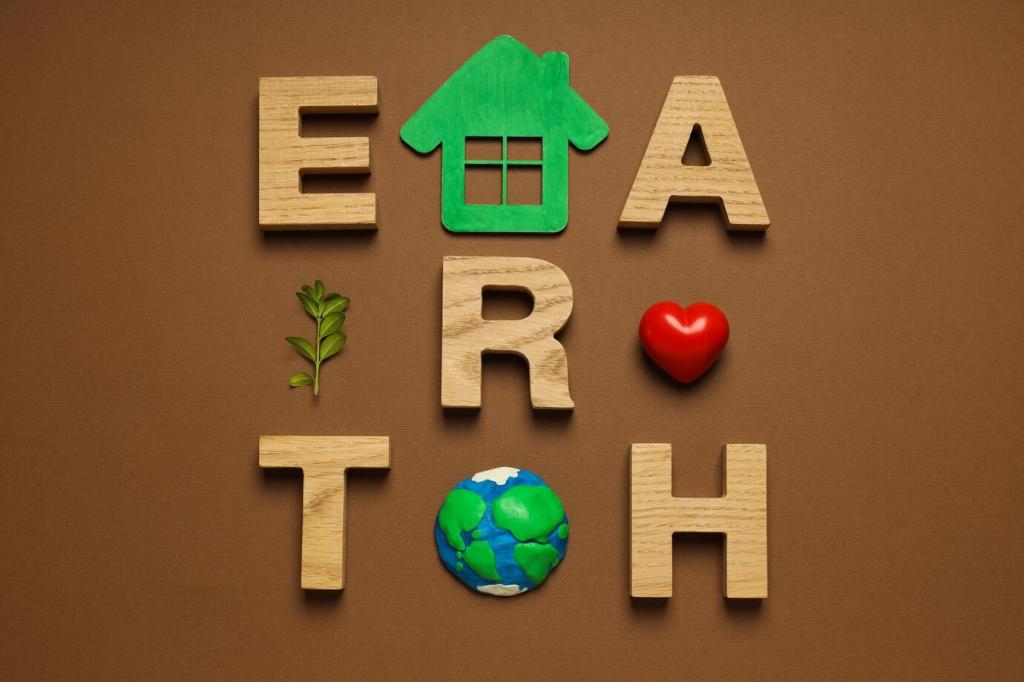
Lifecycle and Circularity
Sourcing matters. Look for fibers grown with regenerative or responsible practices and manufacturers transparent about energy, water, and finishes. Shorter supply chains can reduce transport impacts. When a product document reads like a farm-to-fabric story, you’re on the right path. Ask brands about fiber origins and finishing chemistry before purchasing.
Lifecycle and Circularity
When it’s time to refresh, contact the maker about take-back programs and ask local compost facilities whether they accept clean plant-based wallcoverings. Remove staples, hardware, and synthetic trims. If home composting, shred into smaller pieces and balance carbon and nitrogen inputs. Share your municipal composting experience to help other readers navigate options.


Maya transformed her rental dining nook using a plant-based paper wallcovering and starch paste. The soft texture warmed the space instantly, and removal during move-out came off in long, tidy strips. She donated clean, unglued offcuts to a school art studio. Have a rental story? Share your best tips here.

Innovation and What’s Next
Mycelium and Algae-Based Surfaces
Researchers are exploring mycelium composites and algae-derived binders for wallcoverings that grow from bio-based feedstocks. Early prototypes show promising textures and circular potential. We’re tracking which concepts translate into everyday durability. Would you try a mycelium-inspired accent wall? Tell us your curiosities, and we’ll interview innovators for a deep dive.
Seed-Embedded Papers
Some experimental biodegradable wallcoverings embed seeds to plant after removal, turning décor into habitat. Feasibility depends on clean adhesives and responsible end-of-life handling. We love the symbolism of walls becoming wildflowers. If this idea excites you, subscribe for updates as we test real-world performance and share practical, region-specific guidance.
Smart Labels for Circularity
Expect clearer material passports and scannable labels listing fibers, inks, and adhesive compatibility. Transparency helps installers, compost facilities, and future you make informed choices. Imagine peeling a strip and instantly seeing compost instructions. What details would you want on a label? Comment your wishlist, and we’ll advocate with manufacturers.
